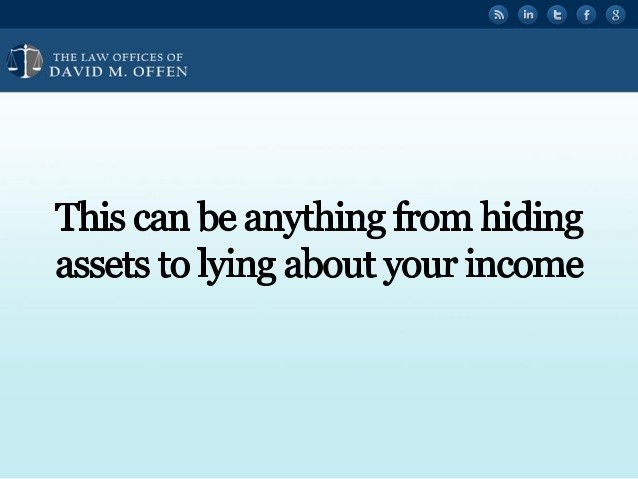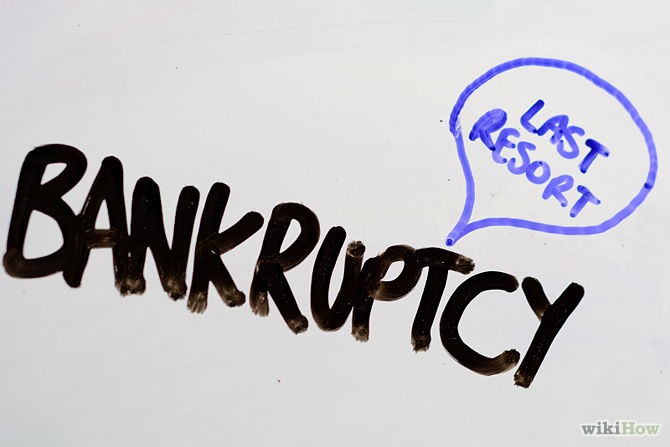Chapter 7 bankruptcy what is it and how does it work
Post on: 3 Июнь, 2015 No Comment

a service of the Moran Law Group
Chapter 7
Chapter 7 bankruptcy is a liquidation proceeding in which the debtor’s non-exempt assets, if any. are sold by the Chapter 7 trustee and the proceeds distributed to creditors according to the priorities established in the Code.
Eligibility to file Chapter 7 is determined by the means test instituted with the 2005 amendments to the bankruptcy code.
In most consumer cases, all the assets are exempt. and therefore there are no assets to liquidate and there is no dividend to creditors. Chapter 7 is generally the simplest and quickest form of bankruptcy and is available to individuals, married couples, corporations and partnerships.
Filing Chapter 7
The case is begun by filing the official petition, schedules and statement of financial affairs. These forms prompt you to list all of your assets and all of your debts, along with some recent financial history. This is the most important and most time consuming part of a bankruptcy filing
It is important that every creditor is listed in the schedules with an accurate mailing address. You must list all of your debts, even if the debt is non dischargeable or if you intend to reaffirm the debt.
The schedules also list your property, any debts secured by that property, and the sale value of the property. Property here means assets or possessions, not just real estate. More on property in bankruptcy. Your choice of exemptions is made on one of the schedules.
The schedules are signed by the debtor under penalty of perjury.
The schedules are filed with the bankruptcy clerk in the district in which you live, or have lived for the greater part of the last 180 days.
For most purposes the rights of the debtor and the creditors are those that exist on the day the case is filed. All of the proceedings in bankruptcy after the filing relate to the situation as it was on the day the case was filed.
Finding a good lawyer
The automatic stay goes into effect upon filing the petition, creating a legal barrier to collection actions by creditors.
The court appoints a trustee and gives notice to all creditors listed in your schedules that you have filed bankruptcy. You will get a copy of that notice at the same time it is sent to creditors.
First meeting of creditors
The debtor must appear at the first meeting of creditors (also called the § 341 meeting from the section of the Code that describes the meeting.) The trustee can ask the debtor questions under oath about assets and liabilities. Creditors can also question the debtor on those subjects, but seldom do.
After the first meeting of creditors
If there are assets which are not exempt. the trustee takes control of those assets. From the sale of assets or the recovery of avoidable transfers. the trustee pays the expenses of the administration of the case, then distributes any remaining funds to creditors with allowed claims, according to the priority of the claims.
The trustee may review your income and expense schedule to see if you have enough money left after your current living expenses to pay something to creditors. More on substantial abuse.

Any wages the debtor earns after the case is begun are the debtor’s, beyond the reach of creditors who had dischargeable claims on the date of filing.
Generally, the only responsibilities the debtor has with respect to the bankruptcy after the 341 meeting is to cooperate with the trustee in providing any information requested by the trustee.
Reaffirmation
Debtors are expected to perform on their expressed intentions to either return, redeem or reaffirm debts secured by personal property. More on your choices for secured debts.
Getting to discharge
Creditors and the trustee have a 60 day period from the 341 meeting in which they may challenge the debtor’s right to a discharge (Bankruptcy Code § 727) or the dischargeability of a particular debt (Bankruptcy Code § 523 (a) (2), (4), (6),and (15)) by filing an adversary proceeding.
Unless an action to deny the debtor a discharge is filed, the order providing for the discharge of debts is issued by the court shortly after the 60 day period expires. The filing of a contest to the discharge of one debt does not prevent or delay the entry of a discharge of the balance of the debtor’s debts.
Debtors in cases filed after 10/17/05 must complete a course of financial education from an approved provider in order to get their discharge. The class is generally several hours and is available online from several providers.
Failure to get the class and file the certificate of completion of that class can result in the case being closed without entry of a discharge. The court may charge a new filing fee to reopen the case, file the certificate and enter the discharge.
Discharge
Individual debtors get their discharge within 4-6 months of filing the case. The discharge affects dischargeable debts that existed at the commencement of the case. Corporations and partnerships don’t get a bankruptcy discharge.














